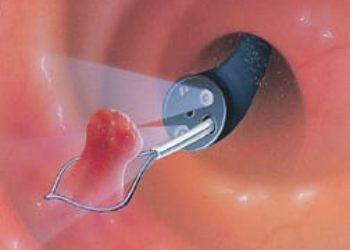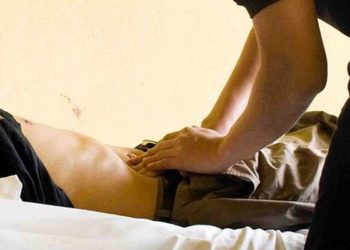Prescribing generic alternatives to brand-name combination medications can significantly reduce Medicare spending
1. In this retrospective cost analysis, Medicare spending exceeded $2.9 billion for the 10 most costly brand-name combination medications available from 2011 to 2016.
2. By switching to generic alternatives for these combination drugs, Medicare Part D beneficiaries would have been estimated to save $2.7 billion.
Evidence Rating: 2 (Good)
Study Rundown: Fixed-dose combination medications are often touted as being more convenient for patients, thus leading to better adherence. However, these combination medications are often brand-name and come at an increased cost compared to their generic counterparts. In this retrospective cost analysis, Medicare spending exceeded $2.9 billion the 10 most costly brand-name combination medications available from 2011 to 2016. It was further estimated that by switching to generic alternatives, Medicare Part D beneficiaries could have saved a total of $2.7 billion. In 2016 alone, by switching 29 brand-name combination drugs for their generic alternatives, the estimated savings would have been $925 million dollars.
The United States spends more on prescription medications than many developed nations, and this article presents one way in which physicians can subvert some of this cost. Though a limitation of this study is that certain select patients require the brand name medication over the generic alternatives, these are a very small minority and exclusion of these patients would be unlikely to change the relative financial disparity between brand-name and generic medications appreciably.
Click to read the study in JAMA
Relevant Reading: Health care spending in the United States and other high-income countries
In-Depth [retrospective analysis]: Using the Medicare Part D data set, this study looked at Part D beneficiaries from 2011 to 2016 who were prescribed medications that accounted for the highest cost of spending in 2015. Drugs without identical or therapeutically equivalent generic alternatives were excluded. Of the 1500 medications identified, 29 brand-name combination drugs were selected for analysis to estimate the potential cost difference between brand-name combination drugs and their suitable alternatives. The 29 brand-name drugs were broken down into 3 categories: those that had generic medications in identical doses (n=20), those that has generic substitutes in different doses (n=3), and those with therapeutically suitable generic alternatives (n=6). By prescribing medications with identical generic alternatives instead of brand-name combination drugs, the cost savings was estimated to be $235 million. By using medications with generic substitutes at different doses, the estimated cost savings was $219 million. For medications with therapeutically suitable generic alternatives, the cost savings was an estimated $471 million. In 2016 alone, by using generic alternatives on these 29 drugs, the estimated cost savings would have been $925 million. Overall, Medicare spending exceeded $2.9 billion for the 10 most costly brand-name combination medications over the 5-year study period. By switching to generic alternatives for these combination drugs, Medicare Part D beneficiaries would have been estimated to save $2.7 billion.
Image: CC/Wiki
©2018 2 Minute Medicine, Inc. All rights reserved. No works may be reproduced without expressed written consent from 2 Minute Medicine, Inc. Inquire about licensing here. No article should be construed as medical advice and is not intended as such by the authors or by 2 Minute Medicine, Inc.







